The delivery of much-needed new homes requires patient, joined-up thinking that takes into account factors other than profit and speed, says former HS2 design director Kay Hughes
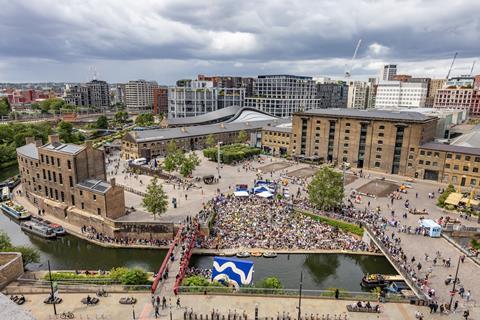
As the government seeks to develop mechanisms to deliver 1.5 million homes, the inclusion of the King’s Cross master plan on this year’s Stirling Prize shortlist was a timely reminder that producing high-quality regeneration and much-needed homes at scale is not a quick fix. It requires long-term vison, stewardship and master plan guidance; in the case of King’s Cross of at least 20 years.
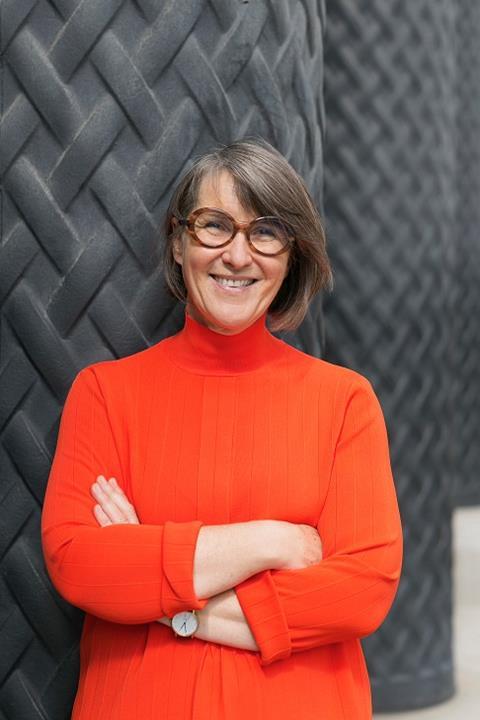
Even though the government has scrapped the “levelling up” slogan, a stable democracy needs successful economic and social places with good environmental benefits, but they do not come quickly.
The delivery of new homes on their own does not necessarily lead to social, low carbon or connected places. We have seen a proliferation of housing estates spring up around towns across the UK. Yes, they do help to meet certain numerical targets, but the developer does not necessarily have a long-term stake in the project.
The focus is on building homes that are in demand and that will maximise returns. This means minimising the time spent on integrating longer term infrastructure opportunities either social or transport. For example the potential for integrated active travel or public transport networks. Ultimately this costs us all more, through higher transport costs and congestion. And, that is not counting the loss of biodiversity from more roads and parking surfaces, or the future societal costs for care at home etc resulting from extended travel times or lack of local facilities.
A 2022 report by Transport for New Homes examined 20 such housing estates and found that, with few exceptions, they were designed with access points from major roads and large amounts of car parking, with “more cats and cars than pedestrians” on the street. What this leads to is isolated and unhealthy communities, where the car is the only means of access and egress.
So, what are the key conclusions that need to be drawn in order to ensure that, as we build homes, we also deliver places of value, with a social matrix to support the people who live there?
Like King’s Cross, a longer-term view was taken at the Queen Elizabeth Olympic Park by the London Legacy Development Corporation (LLDC). These two urban developments – one public and one private – offer some clear lessons for future clienting of new homes, regardless of scale, ownership or region. Their lessons on making successful places are not unique to London.
A common factor for both is that they have had long-term visions underpinned by master planners and long-term client stewardship. Both these projects were master planned by Allies & Morrison, working with other high-calibre designers and thinkers.
The two schemes have been successful in different ways. The LLDC has delivered 12,000 homes in east London with a further 23,000 planned for 2030 – all with a mission to deliver for local people and catalyse investment at the forefront of the decision-making process. The corporation has worked closely with the local boroughs and the legacy that they will leave is a strong ethos of community, sport, education and culture; drawing in tenants and developers such as the V&A East, the BBC, UCL and the innovative businesses of Here East.
Argent has delivered 1,750 new homes clustered around Central St Martins in King’s Cross, 10 new public spaces, restored and refurbished historic buildings and has fostered a high-value cluster of tech, communication and arts-related industries and offices aiming to have capacity for 22,000 jobs.
Consolidated land ownership has been an important lever for both sites. For the LLDC this was a result of the compulsory purchase of land for the London 2012 Olympics. At King’s Cross the various landowners formed a single entity, Kings Cross Central Limited Partnership.
This vision-driven approach to planning has allowed client organisations to gain more control over investor selection, offering value and long-term project outcomes
In both cases this allowed for a more patient approach to creating value, by adhering to a long-term vision, working with a loose-fit master plan and phased approach to development underpinned by long-term and strong relationships with the local planning authorities.
This vision-driven approach to planning has allowed client organisations to gain more control over investor selection, offering value and long-term project outcomes. On a recent visit to UCL East, the LLDC executive director of development Rosanna Lawes, who has worked client-side on the site since 2006, emphasised how the brief for bidders for the UCL East site was explicit that the building should be accessible to the local community in multiple ways: physically, through job opportunities and engagement events. Maintaining the ethos and mission of equality and diversity from the Olympic Games through to completion has been successful in the sense of place that they intend to deliver.
In a case study published in 2013 comparing Kop Van Zuid in Rotterdam with Glasgow Harbour on how public or private sectors’ vision can change the longer-term outcome, the author Brian Doucet notes that the values, visions and goals determine the success of a project. While the Kop van Zuid was characterised by consensus and pride, with a long-term vision of a well-connected mixed use run by the city administration and which their urban design department nurtured through the recession of the late 2000s, Glasgow Harbour was controversially nominated for the Carbuncle Award, and described as “one of the best examples of atrocious late 20th-century, developer-led nonsense”. It was a scheme developed with the main aim of making a profit.
A mechanism or commitment to fund the early infrastructure costs is essential for a successful project. Both King’s Cross and the Queen Elizabeth Park infrastructure funding models varied. At the latter, the substantial upfront investment came through a political desire to regenerate east London and use the Olympics bid as a vehicle to achieve that. The successful bid committed the public purse to rapidly decontaminating the site, raising the land for housing, improving flood mitigation and building and installing new utilities and transportation infrastructure.
All this required a substantial up-front public investment. Post-Olympics, the LLDC has incrementally developed out the site, leveraging the improvements to attract developers, investors, cultural and educational institutions and to build new homes that tap into the contracts set in place by the Olympic Delivery Authority, for example to supply energy. In this way the public have realised the longer-term value of that early investment and the LLDC has achieved long-term benefits for this area of London.
The value generated from these developments will have supported the later bigger infrastructure investments and provided evidence of long-term intent and value in the area
King’s Cross, already centrally located and valuable due to its proximity to the station and HS1, required a more incremental approach to funding the infrastructure to reduce the up-front costs. This is where the master plan was essential to direct development towards areas of high value and least infrastructure cost. The early development was close to HS1, alongside York Way, and the well-designed temporary routes to Granary Square and Central St Martins were supported by a range of creative “meanwhile” uses.
The value generated from these developments will have supported the later bigger infrastructure investments and, like at Queen Elizabeth Park, provided evidence of long-term intent and value in the area.
Good design creates good value, and it can be a struggle if there is not a design-conversant client, or when procurement becomes a barrier to the best thinkers. Then the outcome is inevitably more costly and slower.
Obviously, given the multiple challenges that delivering new homes brings – including skills shortages, planning reform, funding etc – this is only one of the building blocks. However, my Stirling Prize vote this year was for the King’s Cross master plan because, like the LLDC, it shows what can be done with clear leadership and clienting that has master planning and design at its heart.
Postscript
Kay Hughes is the former design director of HS2 and head of design for the Olympic Delivery Authority


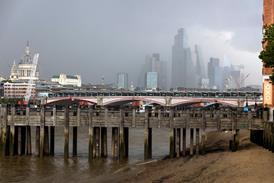
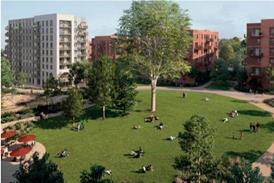
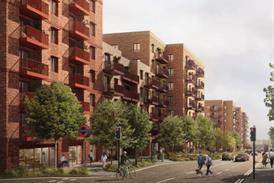











No comments yet